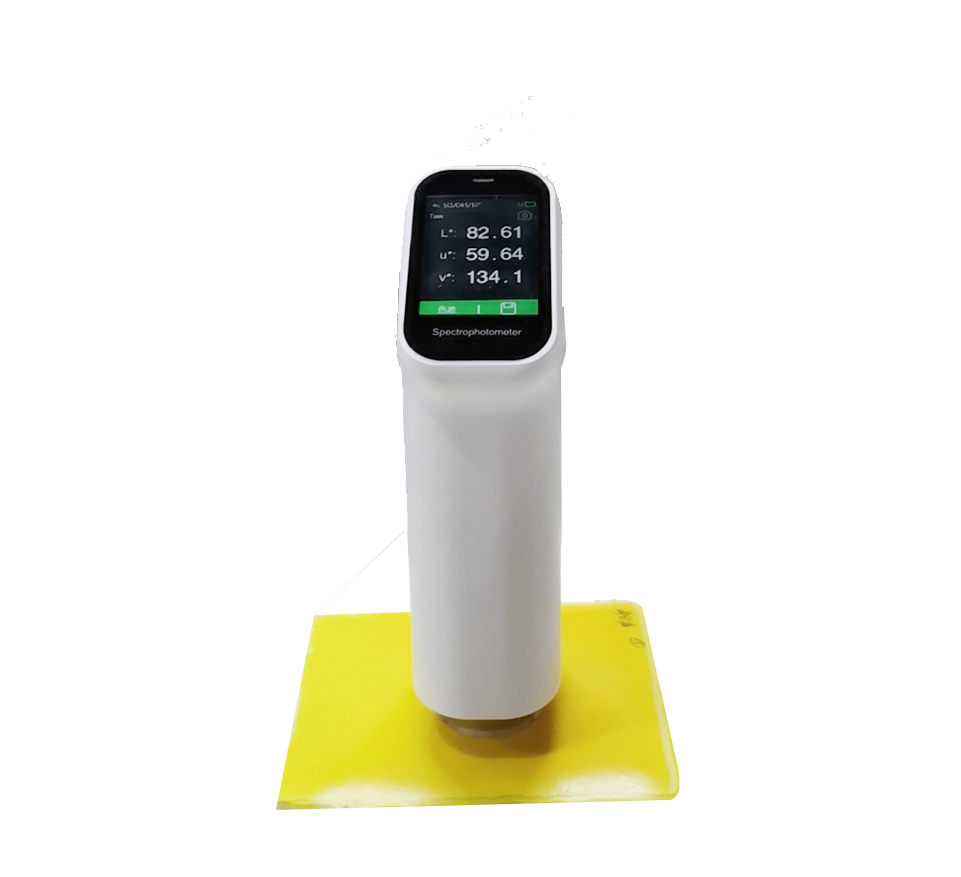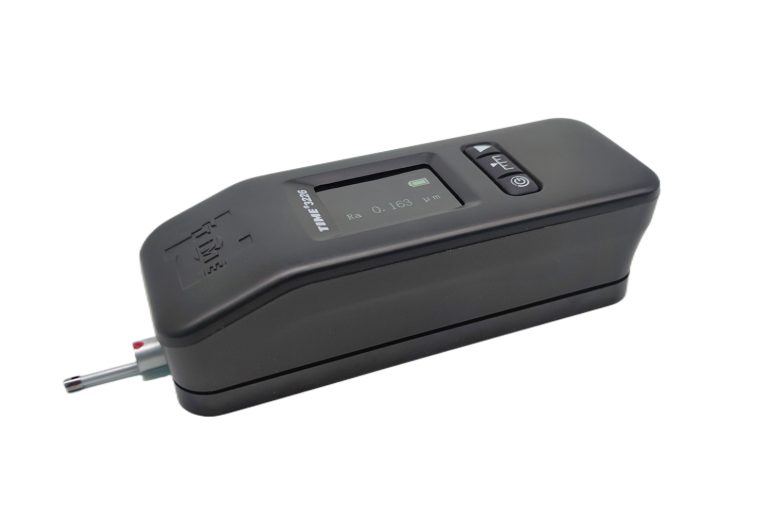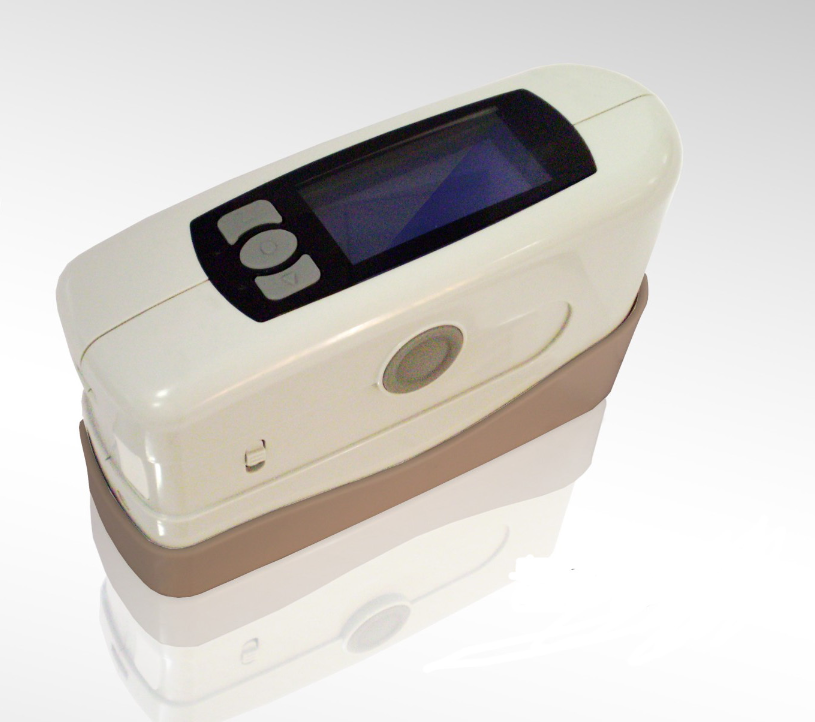A colorimeter is a scientific instrument used to measure the concentration of colored compounds in a solution by determining the absorbance of specific wavelengths of light. This device plays a crucial role in various fields, including chemistry, biology, environmental science, and food technology. Here, we explore some of the primary applications of colorimeters.
1. Environmental Monitoring
Colorimeters are widely used in environmental science to monitor water quality. They can detect the concentration of pollutants, such as nitrates, phosphates, and heavy metals, in water bodies. By measuring the absorbance of light at specific wavelengths, colorimeters provide valuable data that helps in assessing the health of aquatic ecosystems and ensuring compliance with environmental regulations.
2. Clinical Diagnostics
In clinical laboratories, colorimeters are essential for analyzing blood and other bodily fluids. They are used to measure the concentration of various substances, including glucose, cholesterol, and bilirubin. These measurements are critical for diagnosing medical conditions, monitoring patient health, and guiding treatment decisions. The speed and accuracy of colorimetric analysis make it a preferred method in many diagnostic applications.
3. Food and Beverage Industry
The food and beverage industry utilizes colorimeters to ensure product quality and safety. They are employed to measure the color intensity of food products, which can be indicative of freshness, ripeness, or spoilage. For example, colorimeters help in assessing the quality of fruits, vegetables, and beverages like wine and beer. Additionally, they are used to quantify the concentration of additives, preservatives, and contaminants in food products.
4. Pharmaceutical Research
In pharmaceutical research and development, colorimeters play a vital role in the formulation and quality control of drugs. They are used to measure the concentration of active ingredients in pharmaceutical preparations and to ensure that products meet regulatory standards. Colorimetric assays are also employed in drug stability studies, helping researchers assess how the potency of a drug changes over time.
5. Educational Purposes
Colorimeters are valuable tools in educational settings, particularly in chemistry and biology laboratories. They provide students with hands-on experience in quantitative analysis and enhance their understanding of concepts such as absorbance, concentration, and the Beer-Lambert law. By conducting experiments with colorimeters, students can learn about the principles of spectroscopy and the practical applications of colorimetric measurements.
The versatility of colorimeters makes them indispensable in various fields ranging from environmental monitoring to clinical diagnostics and beyond. As technology advances, colorimeters are becoming more sophisticated, allowing for higher precision and broader applications. Their ability to provide quick and accurate measurements continues to make colorimeters a fundamental tool in scientific research and industry practices.








